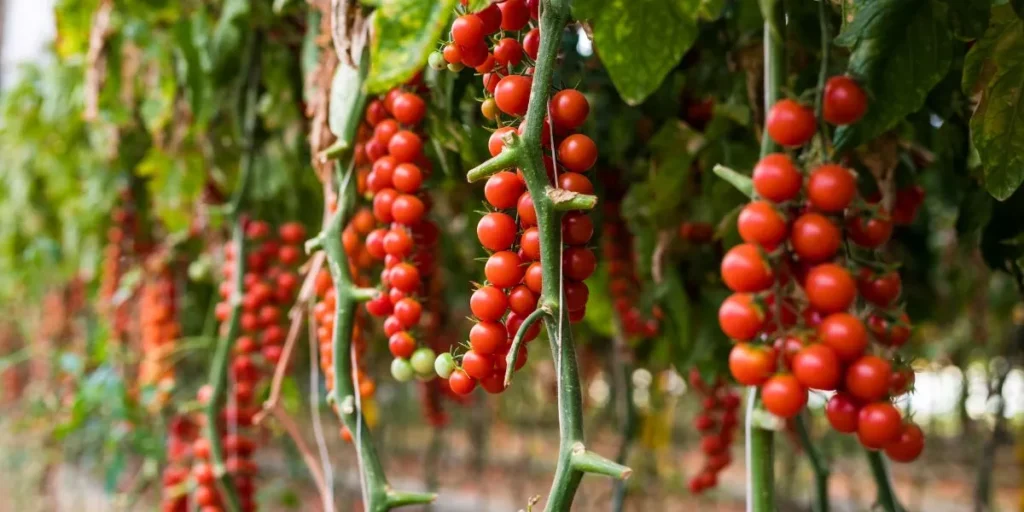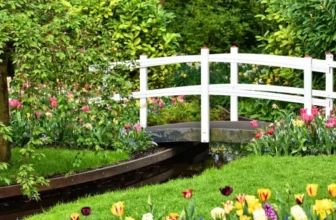
As you consider starting an indoor garden, selecting the right fruits and vegetables to cultivate indoors can be crucial for your success. Certain plants are better suited for indoor conditions, offering a constant supply of fresh produce right at your fingertips. Discovering which fruits and vegetables are most suitable for indoor growth is not only practical but can also add a touch of greenery to your living space. Stay tuned to learn about the top choices for indoor gardening and how they can enhance your home environment.
Benefits of Indoor Gardening
Discover how cultivating a small indoor garden can enhance both your living space and your well-being. Bringing the outdoors inside not only adds a touch of greenery to your home but also boosts your mood and health. Indoor gardening provides a sense of tranquility and relaxation as you tend to your plants, reducing stress levels and promoting mental well-being.
Having plants indoors can also improve the air quality of your living space. Plants act as natural air purifiers, absorbing harmful toxins and releasing oxygen, creating a cleaner and healthier environment for you to thrive in. Additionally, caring for indoor plants can instill a sense of responsibility and accomplishment, boosting your self-esteem and overall happiness.
Furthermore, indoor gardening allows you to enjoy fresh herbs, fruits, and vegetables right from your own home. Being able to harvest and eat produce that you have nurtured yourself not only provides a sense of satisfaction but also ensures that you’re consuming organic, pesticide-free food. Overall, cultivating an indoor garden is a rewarding experience that can enhance both your physical surroundings and your well-being.
Top Fruits for Indoor Growth
Enhance your indoor garden with the vibrant addition of top fruits that thrive in indoor settings. When it comes to indoor fruit cultivation, consider starting with strawberries. These delicious fruits are relatively easy to grow indoors, requiring ample sunlight and well-draining soil.
Another excellent choice is dwarf citrus trees, such as lemons or oranges, which not only provide fresh fruits but also add a pleasant aroma to your indoor space. For a unique touch, try growing figs indoors; these trees are compact and can adapt well to indoor conditions.
If you’re a fan of berries, raspberries and blueberries can also be grown indoors successfully, as long as they receive adequate light and care. Lastly, don’t overlook the possibility of cultivating dwarf banana plants indoors. While they may require a bit more attention, the reward of homegrown bananas is truly satisfying.
Experiment with these top fruits to create a fruitful indoor garden that will brighten up your living space.
Ideal Vegetables for Indoor Cultivation
When cultivating vegetables indoors, selecting the ideal varieties can significantly impact your indoor gardening success. Opt for vegetables that don’t require a lot of space and can thrive in containers or small indoor gardens.
Some ideal vegetables for indoor cultivation include cherry tomatoes, which can be grown in hanging baskets or pots near a sunny window. Additionally, leafy greens like lettuce, spinach, and kale are great choices for indoor growing due to their compact size and relatively quick growth cycle. Herbs such as basil, cilantro, and parsley also do well indoors and can add fresh flavors to your dishes.
Microgreens are another excellent option for indoor cultivation, as they’re packed with nutrients and can be grown in small trays or containers. Peppers, especially smaller varieties like chili peppers, can also thrive indoors as long as they receive sufficient sunlight.
Tips for Successful Indoor Gardening
To achieve successful indoor gardening, focus on proper lighting, watering, and plant care routines.
Adequate lighting is essential for indoor plants as they rely on light for photosynthesis. Place your plants near a south-facing window where they can receive plenty of sunlight, or consider using grow lights to supplement natural light.
When it comes to watering, make sure not to overwater your plants as this can lead to root rot. Allow the soil to dry out slightly between waterings, and always check the moisture level before watering again.
Additionally, establish a regular plant care routine that includes pruning, fertilizing, and repotting as needed. Pruning helps promote healthy growth, while fertilizing provides essential nutrients, and repotting allows your plants to have adequate space for root development.
Garden














